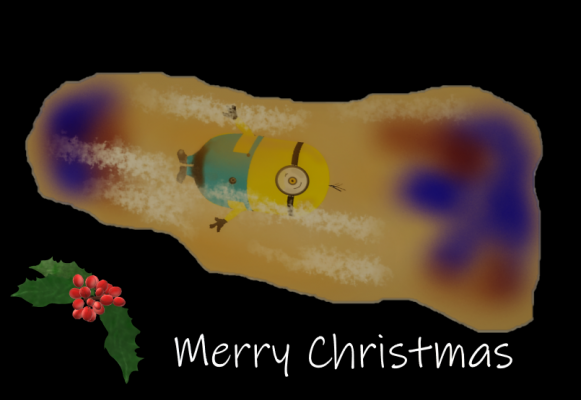- Joined
- Jul 19, 2004
- Messages
- 29,622
- Location
- Out of Bounds
A researcher rummaging through a museum's old collection of prehistoric shark fossils discovered some specimens that were in fact pterosaur remains. One set of these remains represents a previously unknown pterosaur species.
FULL STORY: https://www.eurekalert.org/pub_releases/2020-11/uop-fst111020.php
Fossil shark turns in to mystery pterosaur
Palaeontologists have made a surprising discovery while searching through 100-year-old fossil collections from the UK - a new mystery species of pterosaur, unlike anything seen before.
Lead author of the project, University of Portsmouth PhD student Roy Smith, discovered the mystery creature amongst fossil collections housed in the Sedgwick Museum of Cambridge and the Booth Museum at Brighton that were assembled when phosphate mining was at its peak in the English Fens between 1851 and 1900. These fossils found while workmen were digging phosphate nodules were frequently sold to earn a little bit of extra money.
It was while Smith was examining the fossils of shark spines that he made the amazing discovery. The fossils were actually fragments of jaws of toothless pterosaurs, which do indeed resemble shark fin spines, but there are many subtle differences that allow them to be distinguished.
... Two of the specimens discovered can be identified as a pterosaur called Ornithostoma, but one additional specimen is clearly distinct and represents a new species. It is a palaeontological mystery. ...
FULL STORY: https://www.eurekalert.org/pub_releases/2020-11/uop-fst111020.php


